“Our hypothesis leads us to the radical suggestion that the critical difference between the thinking of humans and of lower animals lies not in the existence of consciousness but in the capacity for complex processes outside of it.”
“Epistemology is the study of how we know what we know. Epistemological modesty is the knowledge of how little we know and can know. Epistemological modesty is an attitude toward life…built on the awareness that we don’t know ourselves. Most of what we think and believe is unavailable to conscious review. We are our own deepest mystery…And yet this humble attitude doesn’t necessarily produce passivity. Epistemological modesty is a disposition for action. The people with this disposition believe that wisdom begins with an awareness of our own ignorance…that there is no one method of solving problems…most of what [we] know accumulates through a long and arduous process of wandering…the wanderer endures uncertainty…possessing what John Keats called negative capability, the ability to be in ‘uncertainties, mysteries, doubts, without any irritable reaching after fact and reason.'” quotes taken from pages 245-248

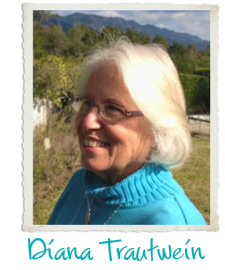
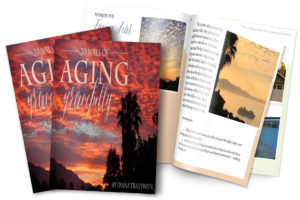
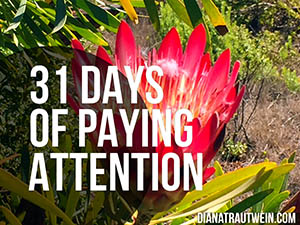

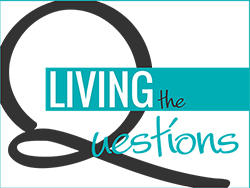

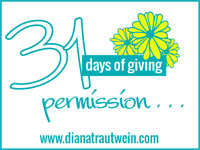

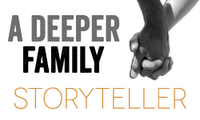










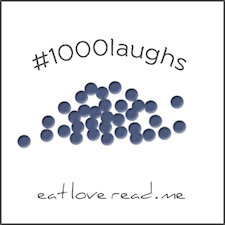
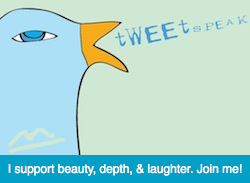
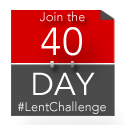

Diana, you do an amazing job pulling this together! Isn’t this exciting? The connection between the conscious and unconscious? When I read your word here, I realize…this is much of why Centering Prayer is so effective. I would love to talk to you some time about you experience with the Charismatic School for Spiritual Direction. Sounds fascinating. And now, guess what? Your just in time for three more chapters 🙂
I would have said I was “a thinking Christian”, but I’m going to have to re-read your post before I can comment intelligently on it! There’s a lot to take in!
One thing that jumped out at me, just as a word, not anything to do with what you’re saying, was Métis, because here it refers to one of the aboriginal people of Canada… i.e., First Nations, Inuit and Métis. It is indeed a French word, but variations appear in several other languages, all of which are ultimately derived from Latin mixtus, meaning “mixed”, in our case a mix of racial backgrounds. I’ve never heard it described as a “mental map”. Interesting.
I’ll be back when I have time to re-read and digest your post. That sounds like quite the book!